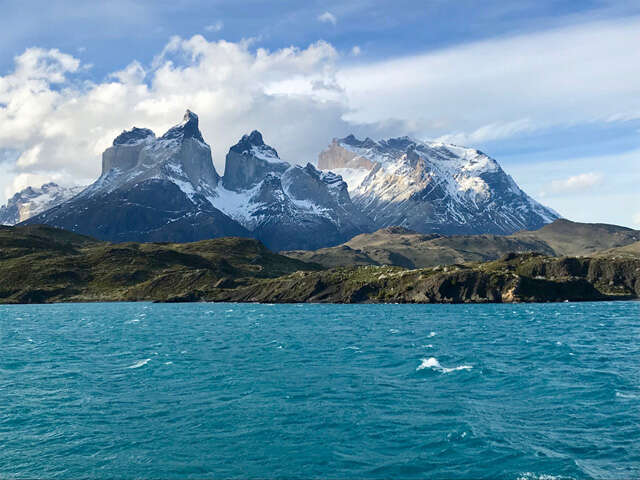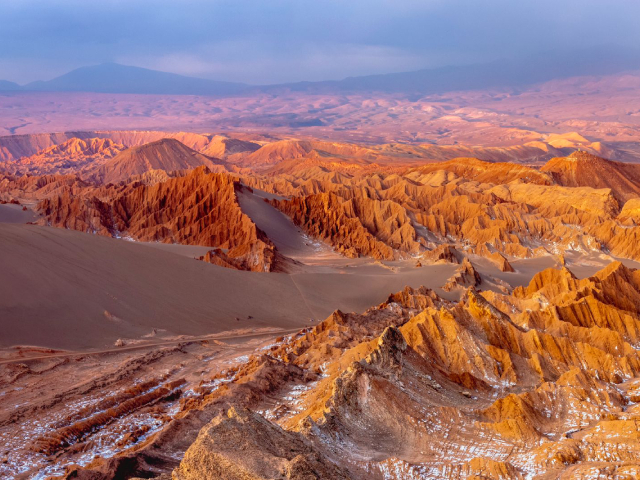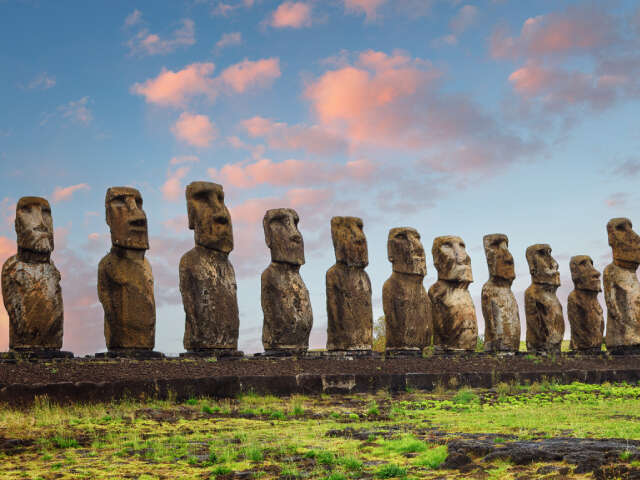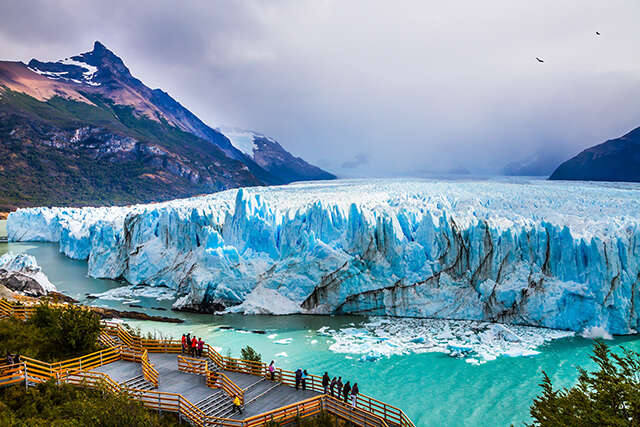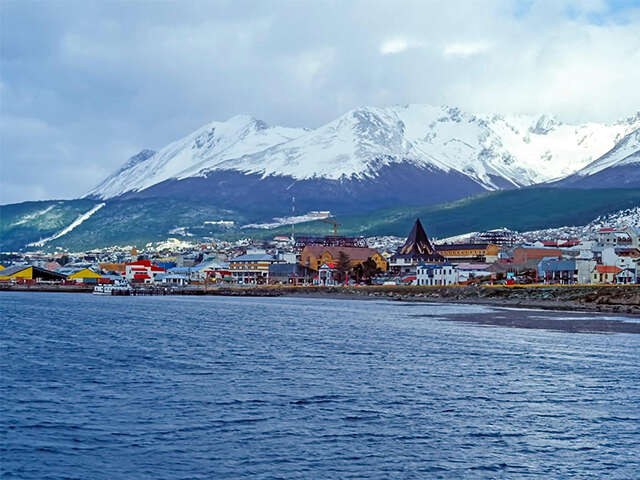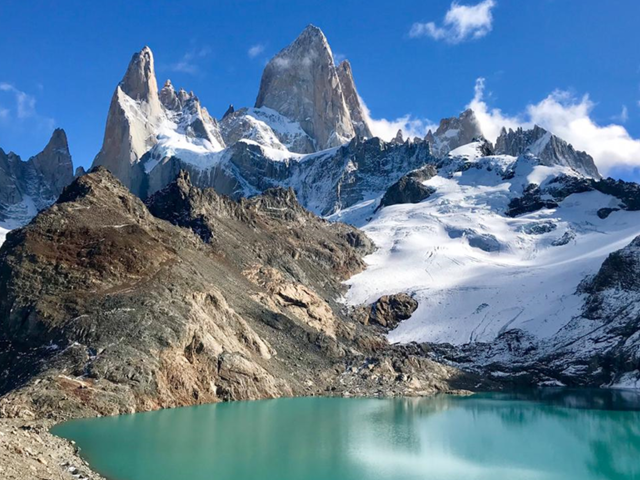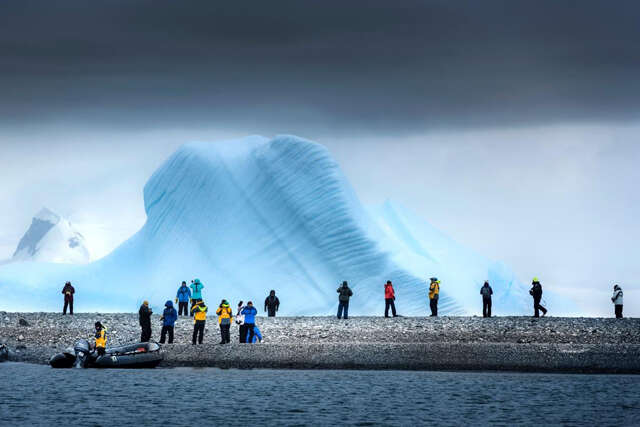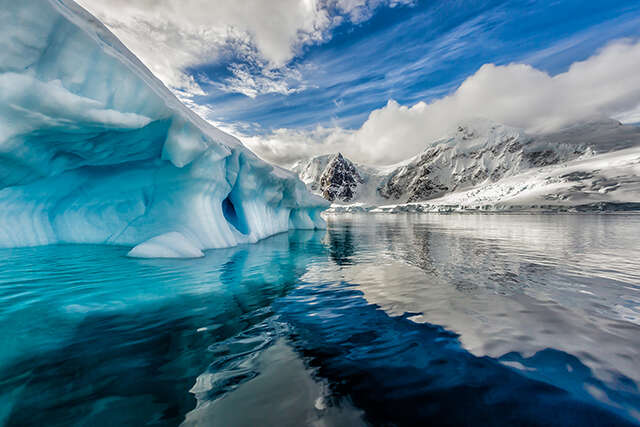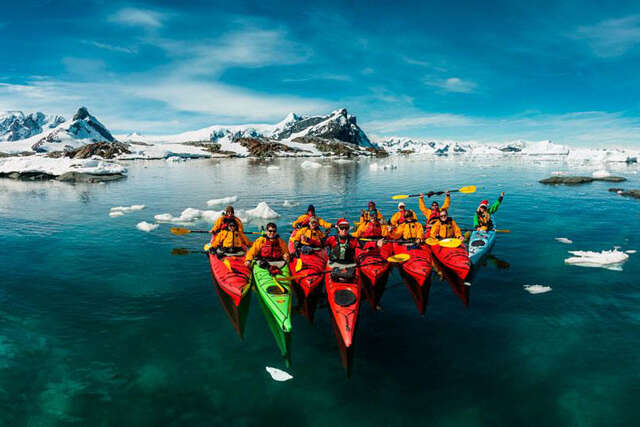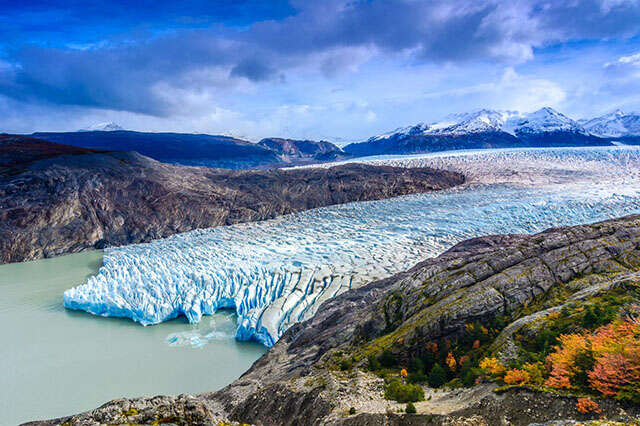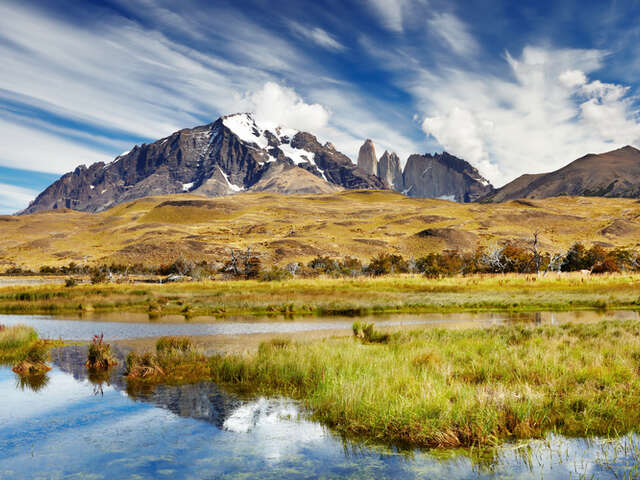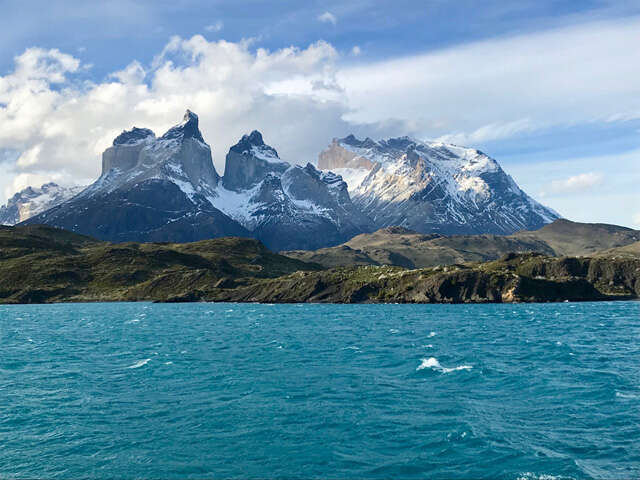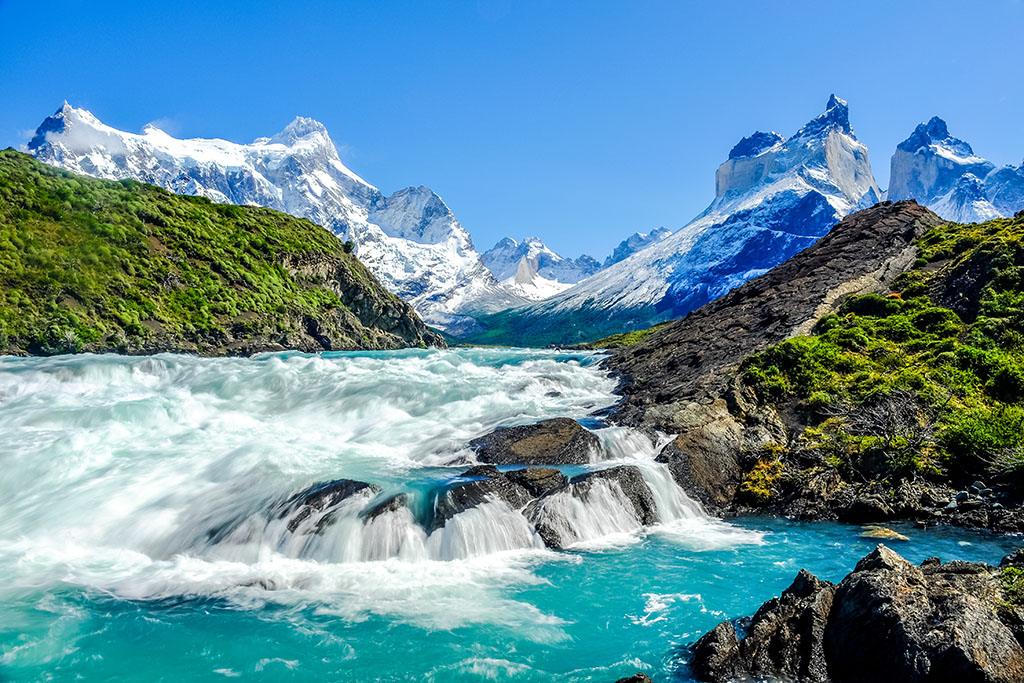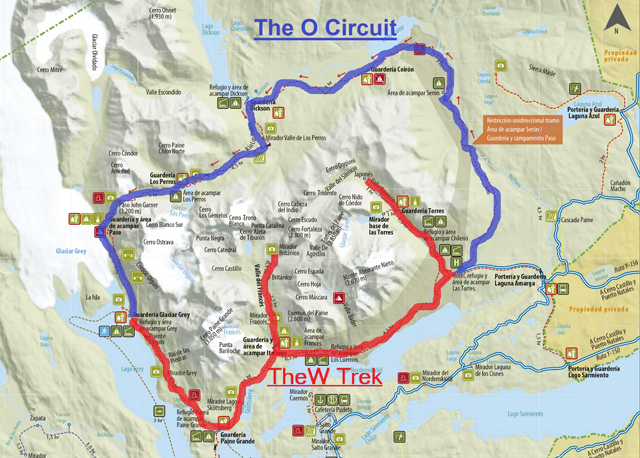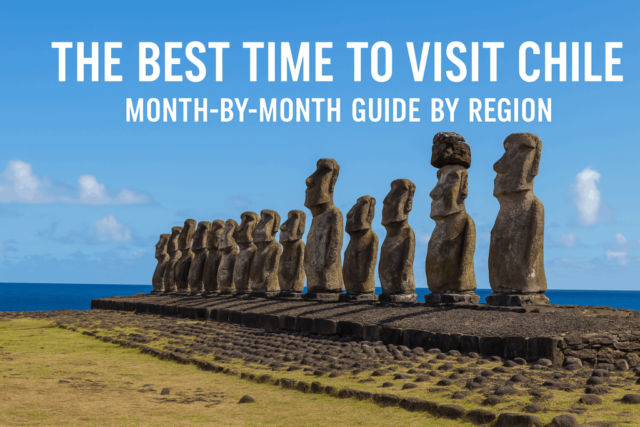
Chile is a land of extremes, stretching over 2,600 miles from the arid north to the icy south. Whether you’re trekking in Patagonia, exploring the surreal Atacama Desert, wandering through Santiago, or uncovering the secrets of Easter Island, timing your trip right can make all the difference.
Continue reading >
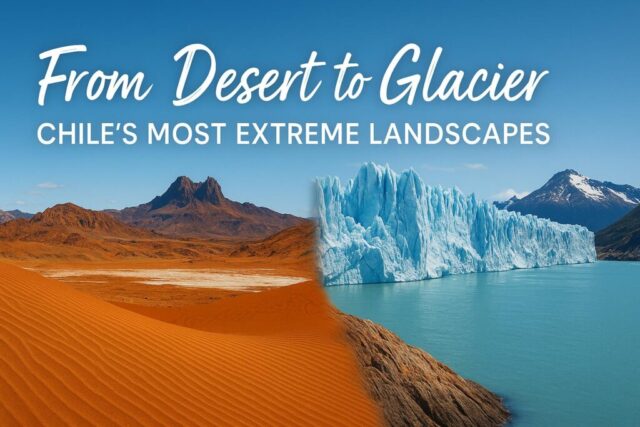
Stretching over 2,600 miles from north to south, Chile is a land of wild contrasts. It’s one of the only places on Earth where you can watch the sunrise over the world’s driest desert and trek through glacial valleys by sunset – if you hop a plane, that is. For the adventurous traveler, Chile isn’t just a destination – it’s a journey across extremes.
Continue reading >
Puerto Natales, nestled in Southern Chile, serves as the gateway to the renowned Torres del Paine National Park. Within this vibrant town of over 23,000 residents, an array of captivating day tours awaits exploration
Continue reading >
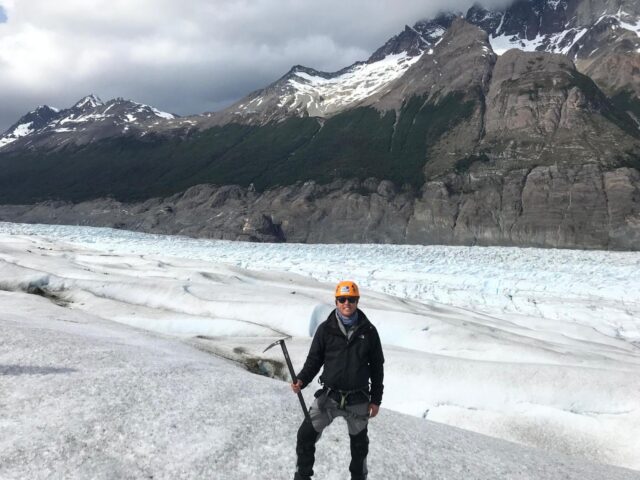
Exploring Grey Glacier and the Southern Patagonian Ice Field in Torres del Paine National Park is an absolute must for any adventurer seeking breathtaking vistas and unforgettable experiences. Here, amidst the rugged beauty of Chile’s wilderness, you’ll discover two remarkable activities that offer unique perspectives on the majestic Grey Glacier
Continue reading >
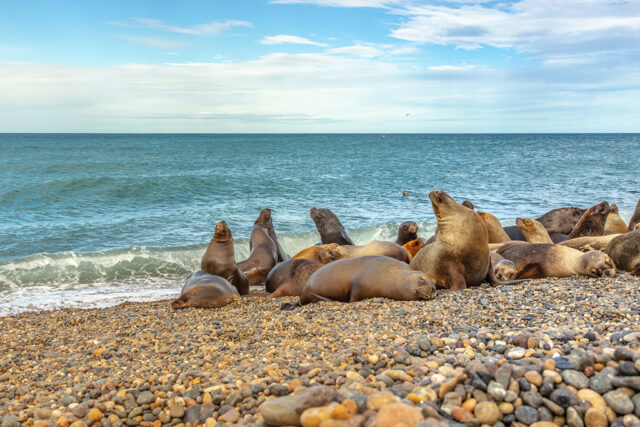
No zoophile can resist the thrall of the unique wildlife of Patagonia. With over 500 animal species, the animal lover in you will be screaming in delight at the otherworldly species that only an environment as wild, harsh and untamed as Patagonia will create. Here you can find a cornucopia of flightless birds, mountain lions and cats, small fluffy mammals and those with natural armored plates. Not to mention the abundance of sea life, many of which migrate to Patagonia seasonally to lay their eggs, birth their pups or simply to wave their fins hello as they pass by.
Continue reading >
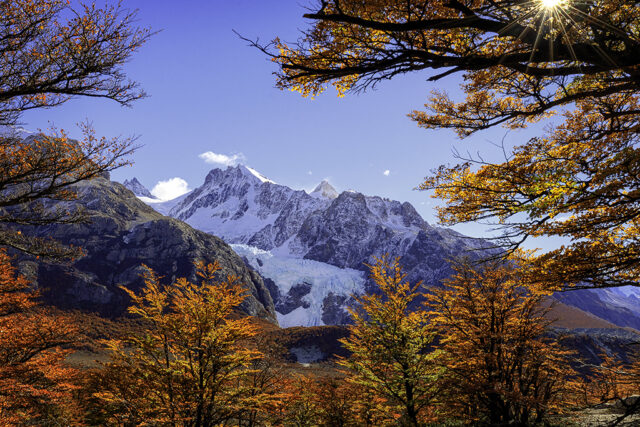
If you’ve ever stumbled upon snapshots of Patagonia’s dramatic peaks and valleys online then you might have found yourself immediately pulling up flight schedules in the tab over. However, before you can book your trip it’s paramount that you first find the dates that cater to your adventuring interests. Are you headed to the world’s most southerly national parks to trek, ski, fly fish, or a combination of everything? Here’s a month by month overview of the best months to go depending on your preferred vacation. If you have questions, don’t hesitate to contact our adventure consultants to discuss details.
Continue reading >
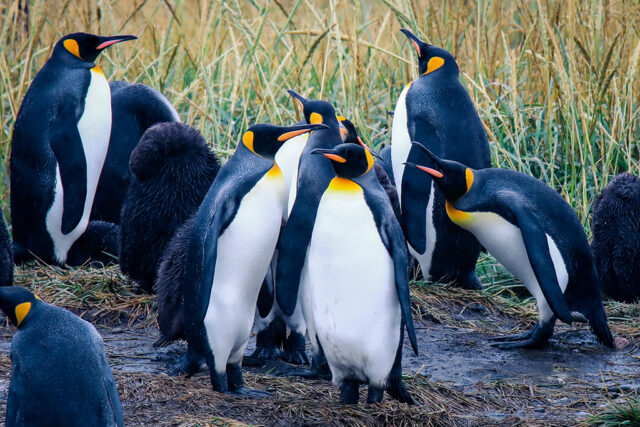
Seeing penguins in the wild is an unforgettable experience and Patagonia, the southern tip of South America, is one of the best places to view them. From Magellanic, Humboldt, Gentoo, Southern Rockhoppers, to King Penguins, Chile and Argentina have them all. There are even more penguins in Patagonia than humans! You can view these adorable creatures in massive colonies at Tierra del Fuego, Punta Arenas, and Puerto Madryn.
Continue reading >
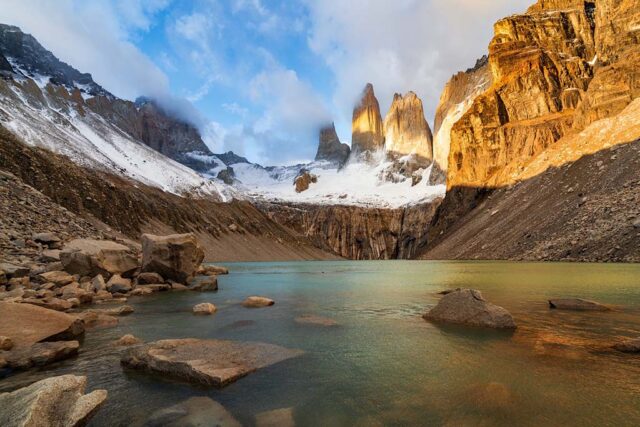
Patagonia is a region of dramatic natural beauty, from glaciated mountainscapes to vast Andean steppes. To visit Patagonia is to fall in love with this distant and mysterious land.
It is famously rugged, breathtakingly beautiful and largely untouched by man. The ‘End of the World’ is one of the most exciting places in the world to explore; it has everything from penguin colonies and whale watching to some of the best treks on the planet. Here are the top reasons to visit Patagonia!
Continue reading >
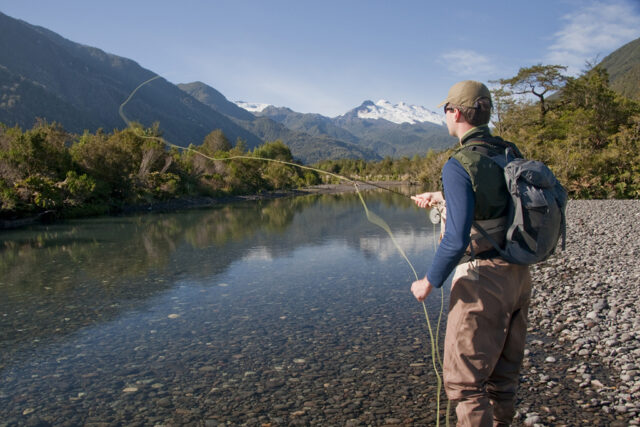
Saying “We went fly fishing in Patagonia!” never gets old. If you think you can take your eyes off the breathtaking scenery long enough to learn the craft or perfect your casting technique then we’ve got all the information you need to get you started. Read on to learn more about the prime spots in Patagonia, the ideal time of year and ultimately how to best experience the lakelands. In short order we’ll have you placing your fly in just the right seam with as close to a drag free drift as you can muster.
Continue reading >
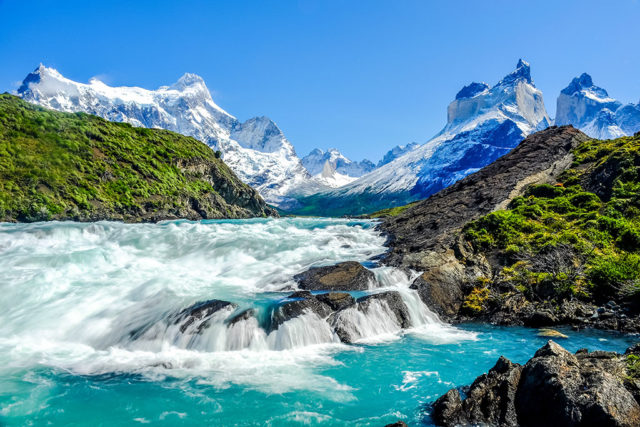
Patagonia’s untamed frontier is too big for most to see all in one trip so to maximise time spent adventuring, we suggest focusing on Southern Patagonia. With everything from horseback riding to river rafting, visiting penguins colonies to canoeing through icebergs, Southern Patagonia is an adventurer’s wildest dream. In Patagonia’s heartland there are a magnitude of postcard worthy national parks and protected biospheres to explore across both Argentina and Chile.
Continue reading >
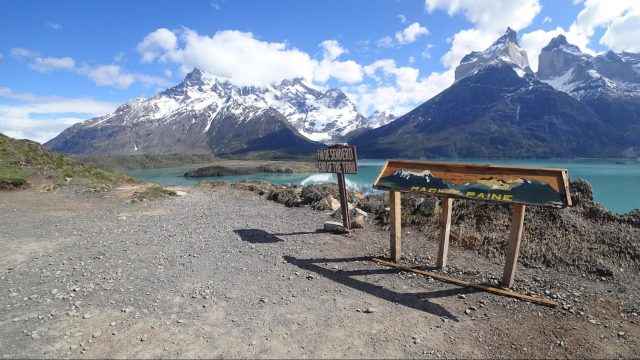
One of the most frequently asked questions that is asked about trekking in Patagonia is the style of accommodation on the trails, so we thought that we would break down exactly what to expect. For those who have trekked with us before, you are surely aware that each destination has its own unique accommodation.
Continue reading >
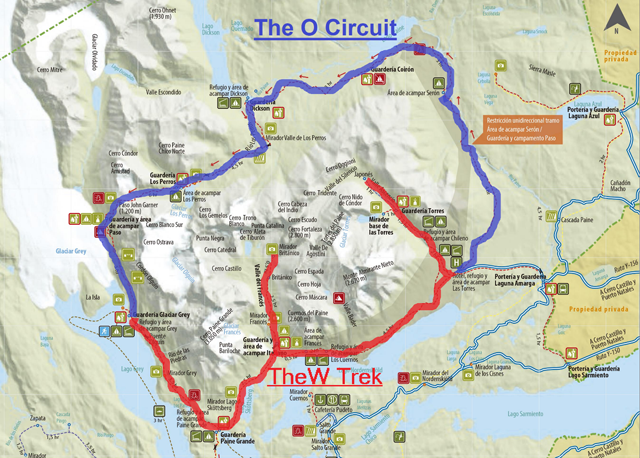
After deciding to trek in Torres del Paine your next step is to decide which trek to do, the W Trek or the O Circuit. This blog will explore the similarities and difference between the two treks so that you can choose which one is the best fit for your Patagonian adventure. Park Geography: Torres del Paine National Park spans over 180,000 hectares and lies 112 km north of the coastal city, Puerto Natales. The granite pillars, Torres del Paine (Towers of Paine), are found on the east side of the park while Glacier Grey and John Gardner Pass are found on the west side. Los Cuernos del Paine (The Horns of Paine) are to the south just above Lake Nordenskjöld.
Continue reading >
